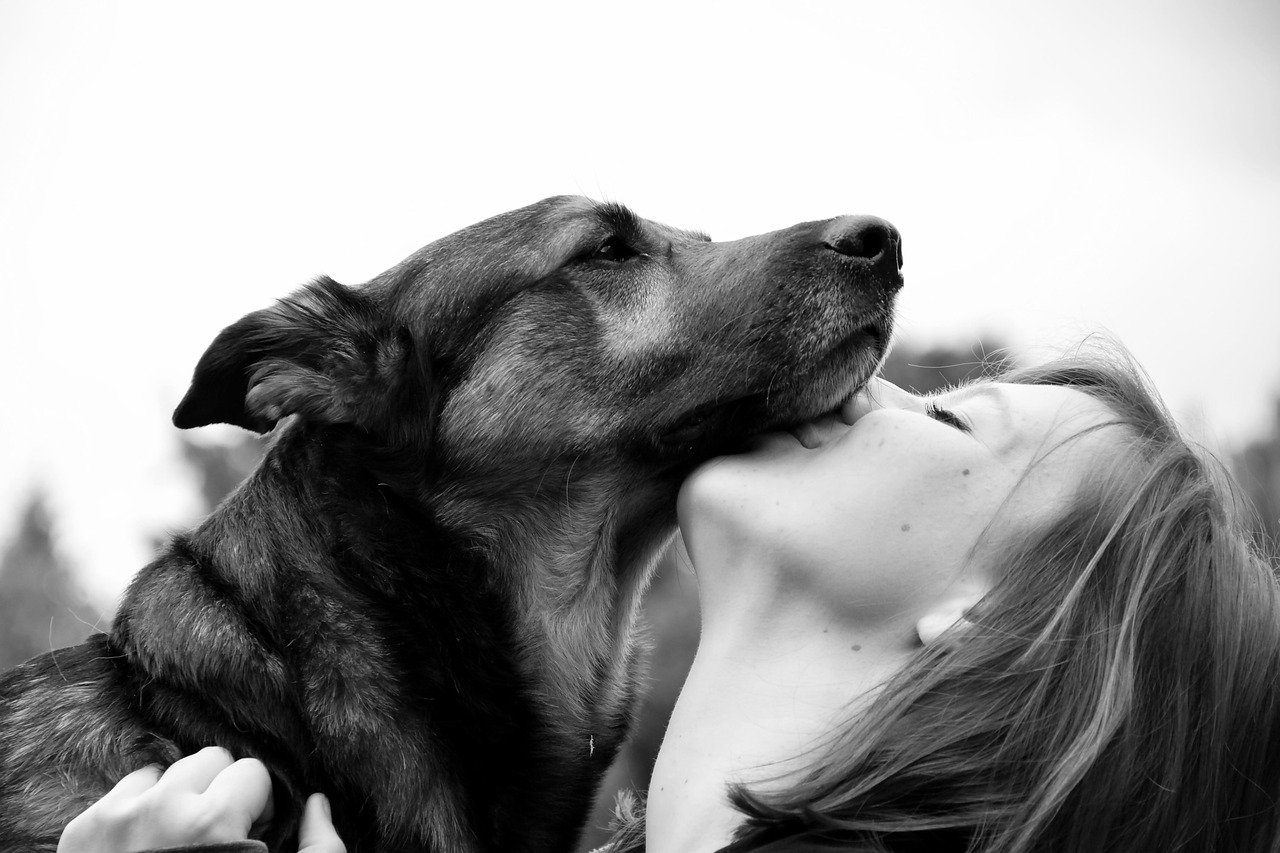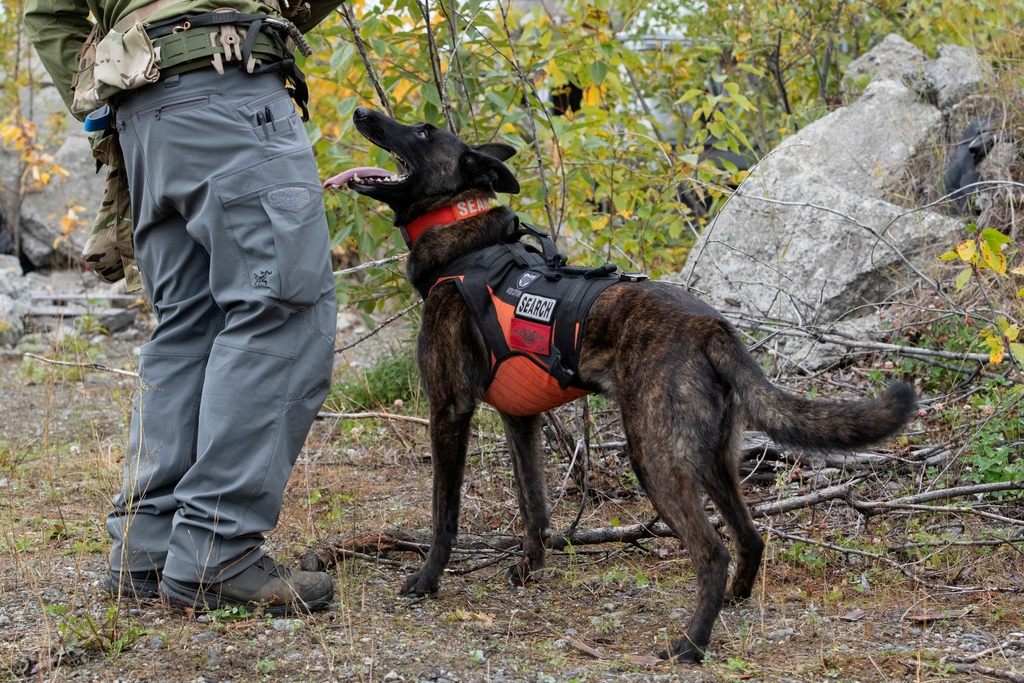Have you ever wondered why your furry friend seems to have a favorite human in the house? Dogs are known for their loyalty and affection, but sometimes, they choose to listen to only one person. It’s a curious behavior that can leave other family members feeling a bit left out. Is it love, training, or something else entirely? Let’s dive into the fascinating world of canine behavior and uncover the possible reasons behind this selective listening.
Bonding and Attachment
Dogs are social creatures and form strong bonds with their humans. When a dog listens to one person more than others, it might be because of a deeper emotional connection. This bond is often formed through consistent interaction, affection, and care. Spending quality time playing, walking, or simply being together can make a dog feel more attached to a particular person. Think of it like friendship; the more you invest in it, the stronger it becomes. If one person is consistently involved in these activities, the dog naturally gravitates towards them.
Training Techniques
Training plays a significant role in how dogs respond to people. If one person in the house is primarily responsible for training the dog, the dog may see them as the leader. Dogs respond well to consistency and clear commands. When a single person uses specific techniques or commands, the dog learns to associate that person with guidance and authority. It’s like learning a language; the more fluent someone is, the more easily they can communicate. If others in the house use different words or lack consistency, the dog might not respond as well.
Voice and Tone
Dogs are incredibly sensitive to the tone and pitch of human voices. A calm, assertive voice can convey authority and reassurance, while a high-pitched or inconsistent tone might confuse them. If one person consistently uses a voice that the dog finds comforting and clear, the dog is more likely to listen to them. It’s similar to how a soothing voice can calm a baby. The right tone can make all the difference in how a dog perceives and responds to commands.
Body Language
Communication with dogs goes beyond words; it involves body language as well. Dogs are keen observers and can pick up on subtle cues from our posture, gestures, and facial expressions. If one person in the house has a confident and approachable demeanor, the dog may feel more comfortable and responsive to them. Imagine trying to communicate with someone who uses gestures and eye contact versus someone who doesn’t; the former is likely more effective. The person whose body language aligns with the dog’s understanding will naturally become their go-to.
Feeding Duties
Whoever controls the food often controls the dog. Dogs are motivated by food, and the person who feeds them regularly can become the center of their attention. This doesn’t mean that the dog loves them more; it simply means that they associate that person with the basic need for sustenance. Feeding time is a bonding moment, and the person responsible for this task becomes an important figure in the dog’s life. It’s like how we might favor someone who consistently brings us our favorite treat.
Past Experiences
A dog’s past experiences can shape their behavior and preferences. If a dog has had positive or negative interactions with certain types of people, it may influence who they choose to listen to. For example, if a dog was previously owned by someone with a similar voice or appearance to a current household member, they might naturally gravitate towards them. It’s like meeting someone who reminds you of a beloved friend; you feel an instant connection. Understanding a dog’s history can provide insights into their current behavior.
Personality Match

Just like humans, dogs have personalities, and sometimes they simply click better with certain people. Some dogs are naturally more energetic and might bond with someone who matches their energy level. Others might be more laid-back and prefer the company of a calm and relaxed person. It’s similar to how we choose friends who share our interests and temperament. When a dog’s personality aligns with a person’s, a stronger bond is likely to form.
Routine and Consistency
Dogs thrive on routine and consistency. If one person in the house maintains a regular schedule for feeding, walking, and playing, the dog will naturally look to them for cues. Consistent routines provide a sense of security and predictability, which dogs find comforting. It’s like having a reliable friend who always shows up when expected. When a dog knows what to expect from someone, they’re more likely to listen and respond to them.
Emotional Sensitivity
Dogs are remarkably attuned to human emotions. They can sense when someone is happy, sad, or stressed, and they may respond differently based on these emotions. If a person in the house is emotionally in tune with the dog, the dog might feel more understood and connected to them. It’s like having an empathetic friend who always knows how you’re feeling. This emotional sensitivity can create a special bond that makes the dog more inclined to listen to that person.
Leadership and Authority

Dogs are pack animals and naturally look for a leader to follow. If one person in the house exudes confidence and authority, the dog may see them as the leader of the pack. This doesn’t mean being harsh or strict, but rather having a calm and assertive presence. It’s similar to how we respect someone who leads by example and inspires trust. When a dog recognizes someone as a leader, they’re more likely to listen and follow their guidance.
In conclusion, there are various reasons why a dog might choose to listen to only one person in the house. From bonding and training to voice, body language, and emotional sensitivity, these factors all play a role in shaping a dog’s preferences. Understanding these dynamics can help family members strengthen their relationship with their furry friend. So, next time you notice your dog favoring someone, consider these possible reasons and see how you can bridge the gap. Who knows, with a little effort, you might become your dog’s new favorite!

Esther is from India; the heartbeat of South Asia, holding a Master’s degree in Zoology and a postgraduate diploma in Animal Welfare. Her enthusiasm for animal welfare drives her passion and dedication to working for animals, ensuring their well-being, and advocating for their rights. With a solid academic background and hands-on experience, she is committed to making a positive impact in the field of animal welfare. In her free time, she enjoys embroidery and sewing. As a Chennaite from Tamil Nadu, Esther loves Bharathanatyam, an Indian classical dance form.





